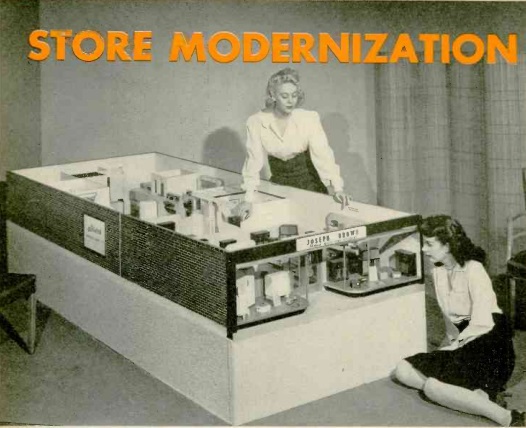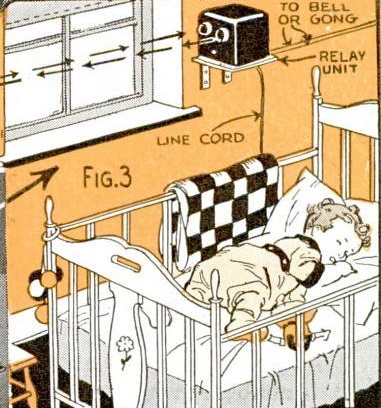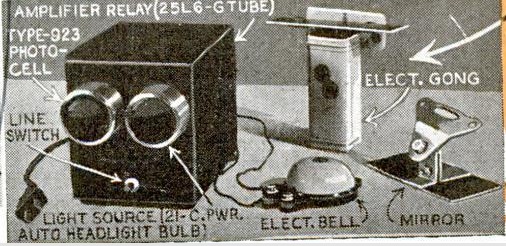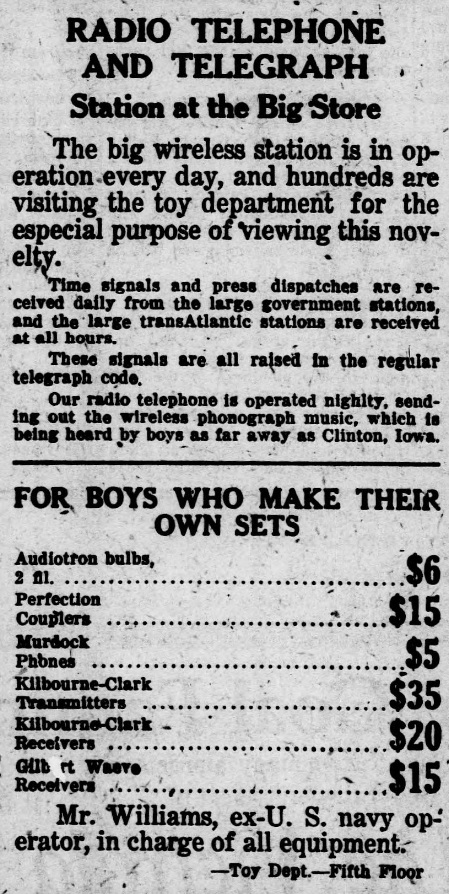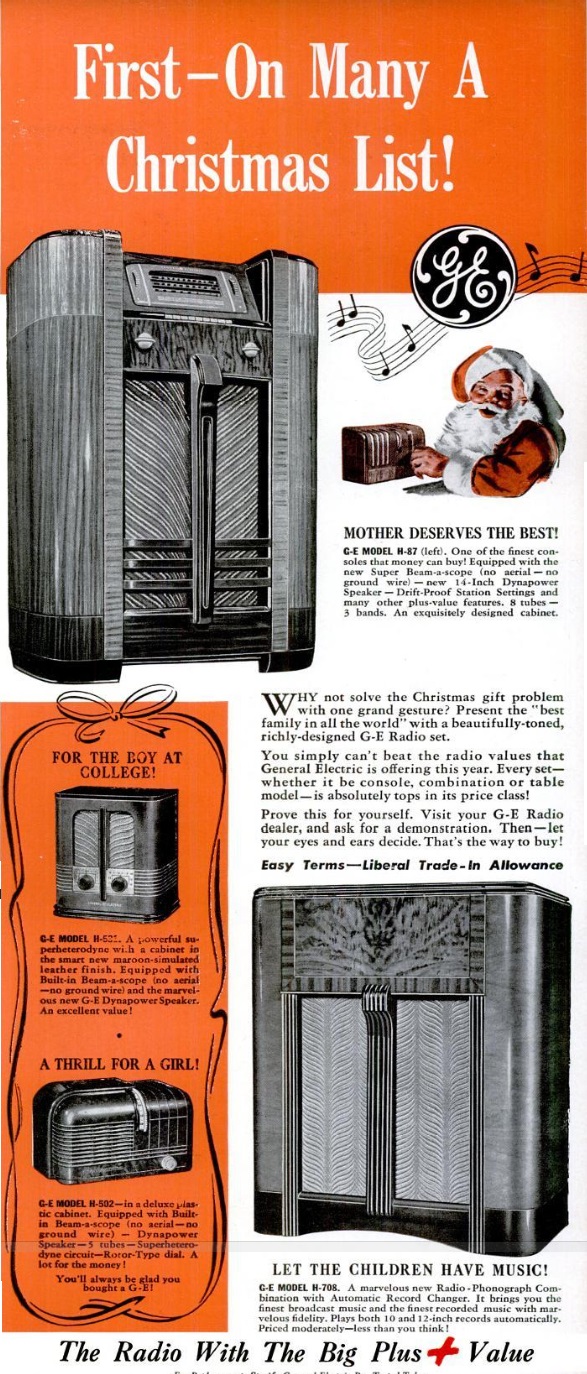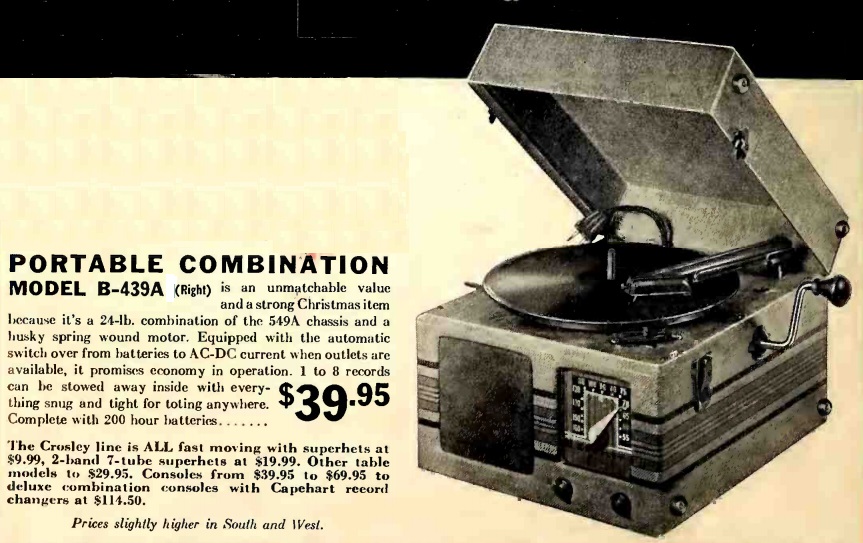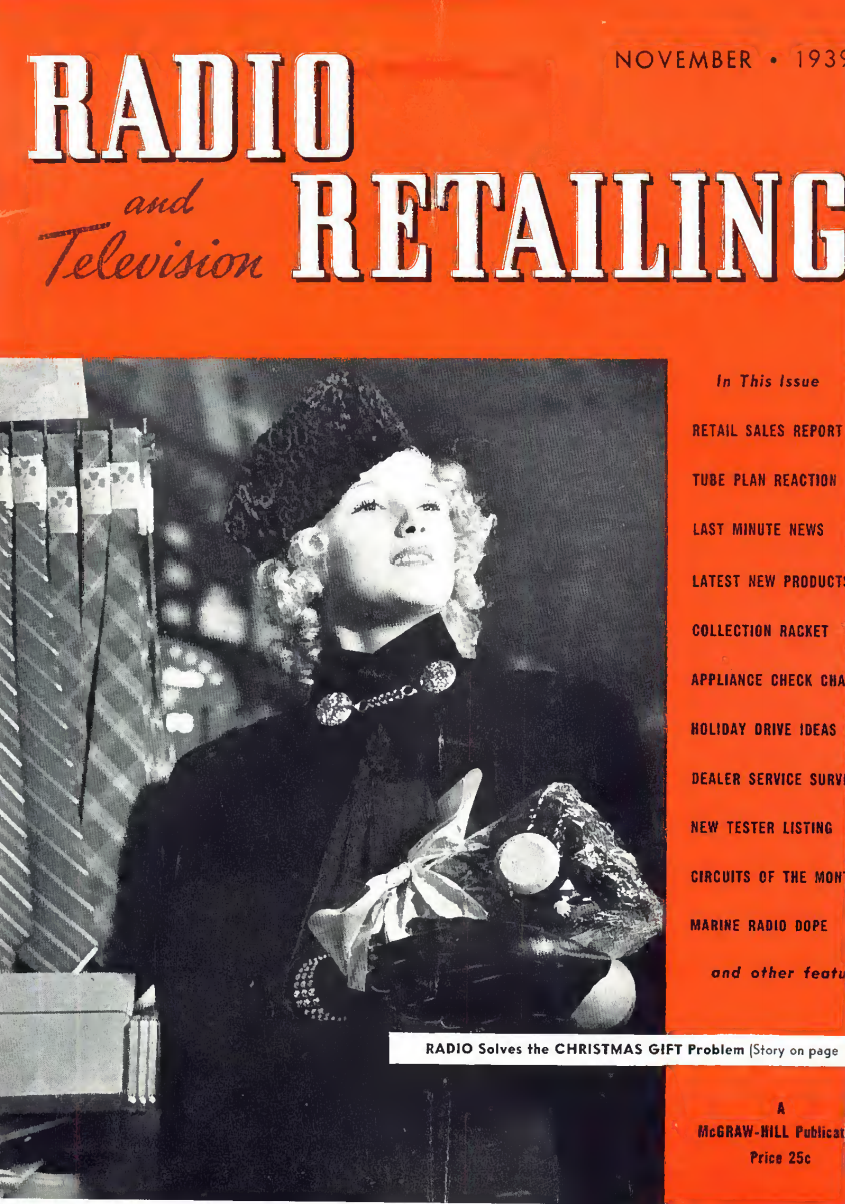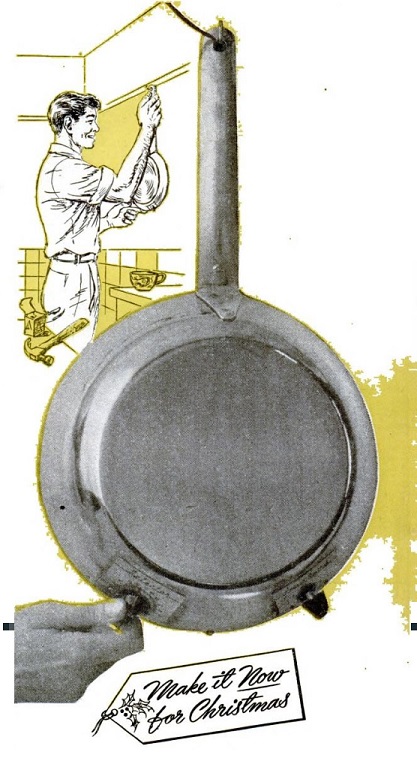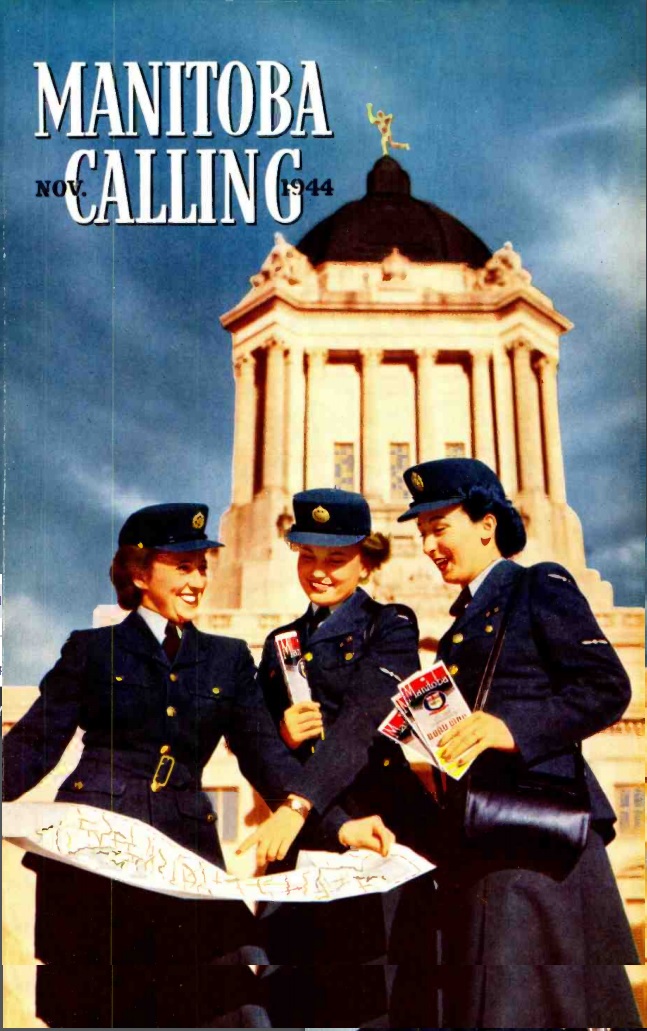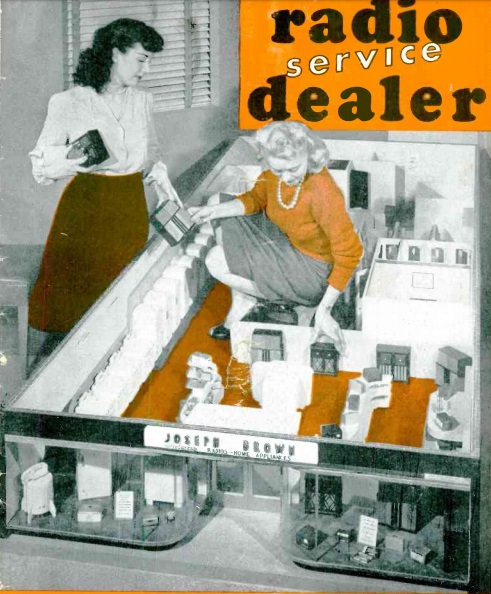 No, this is not the scene from a horror movie of giants attacking a radio store. These women are working out a modern store layout, shown on the cover of the December 1944 issue of Radio Service Dealer. With the war still going, radios and appliances were not available. But the end was in sight, and the magazine admonished dealers that it was time to think about how best to display those items when they became available. These women are working out the best display thanks to a demonstration scale model of an average radio-appliance store, commissioned by the Admiral Corporation, 444 N. Lake Shore Drive, Chicago, and realized by George Locks, a “Chicago specialist in miniatures.”
No, this is not the scene from a horror movie of giants attacking a radio store. These women are working out a modern store layout, shown on the cover of the December 1944 issue of Radio Service Dealer. With the war still going, radios and appliances were not available. But the end was in sight, and the magazine admonished dealers that it was time to think about how best to display those items when they became available. These women are working out the best display thanks to a demonstration scale model of an average radio-appliance store, commissioned by the Admiral Corporation, 444 N. Lake Shore Drive, Chicago, and realized by George Locks, a “Chicago specialist in miniatures.”
The four by ten foot scale model store represented a store measuring 35 by 90 feet. It came complete with scale models of radios, appliances, fixtures, and furniture.

